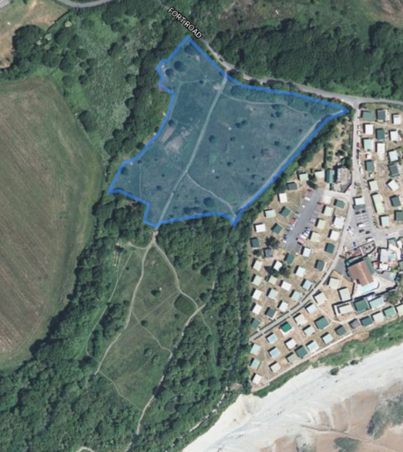What is conservation grazing?
Conservation Grazing is livestock grazing, which delivers multiple benefits for wildlife and people now and into the future. These benefits include:
- Maintenance of our species-rich wildlife habitats by controlling aggressive and invasive species, sustaining open and wooded habitats and creating gaps for new species to germinate.
- Improving resilience by encouraging sustainable management of soils and promoting healthy populations of pollinators
Why do you need to graze the reserve?
Lavernock Point reserve is important for its species rich limestone grasslands. To maintain their wildlife value there are some management actions that are essential.
Grazing or mowing is very important, as these forms of management prevent the grassland becoming rank and a few, strong plant species taking over.
This management allows a whole range of finer grasses and other plants to grow together and also prevent the grassland turning into scrub and woodland. Light grazing, preferably by cattle or horses, is the best way to maintain the grassland as these animals will feed on the more dominant grasses, and also help to keep the vegetation down by trampling.
Grazing is more sustainable in the long term as it does not rely on machinery on a staff or volunteer resource. Another advantage of grazing over mowing is that mowing produces large volumes of cut material that has to be disposed of.
What animals will be used and how many?
We will be using Welsh ponies to graze the reserve. Numbers will be low, 2 or 3 to be begin with. The numbers of animals may be increased or decreased as necessary to provide the desired grazing results.
Why use ponies?
Ponies are selective grazers, creating vegetation mosaics with shortly grazed patches interspersed with areas of undisturbed vegetation. Ponies select grasses to eat and generally leave flower-heads alone. Ponies are nutritionally adapted to graze on unimproved, species-rich grasslands, which is seen as their main advantage. They are also useful for slowing down scrub encroachment through browsing.
When will the ponies be on the reserve?
The ponies will be on the reserve from June – October. However, this may be subject to change depending on weather, ground and vegetation conditions.
Where will the grazing take place?
The grazing will take place within the fenced enclosure in the field adjacent to Fort Road (shown in blue on the aerial photo below).

